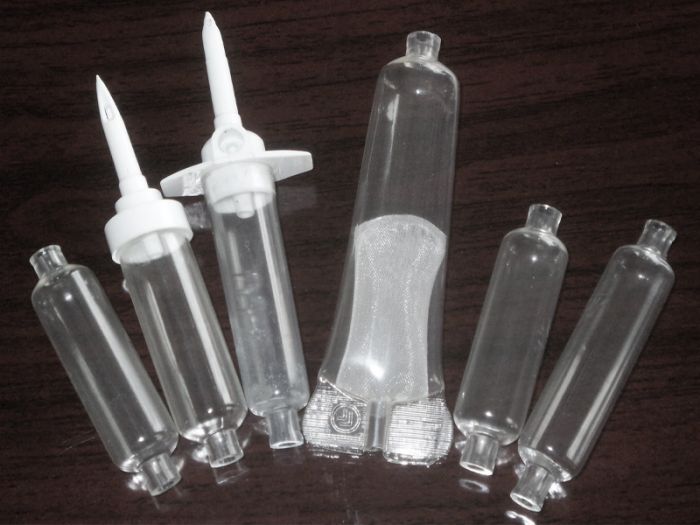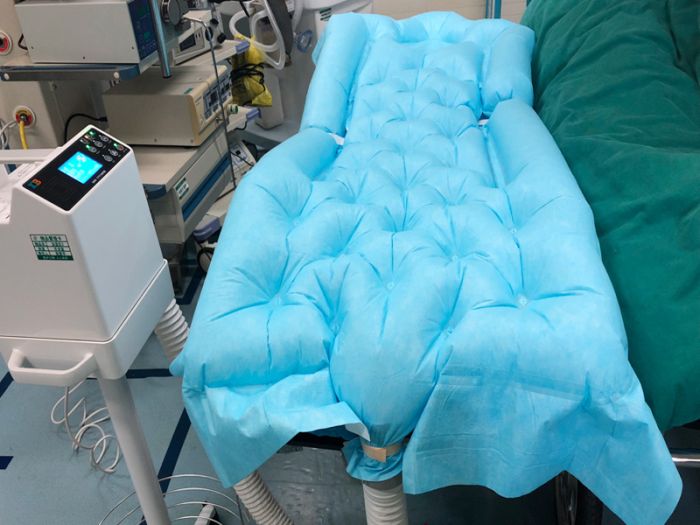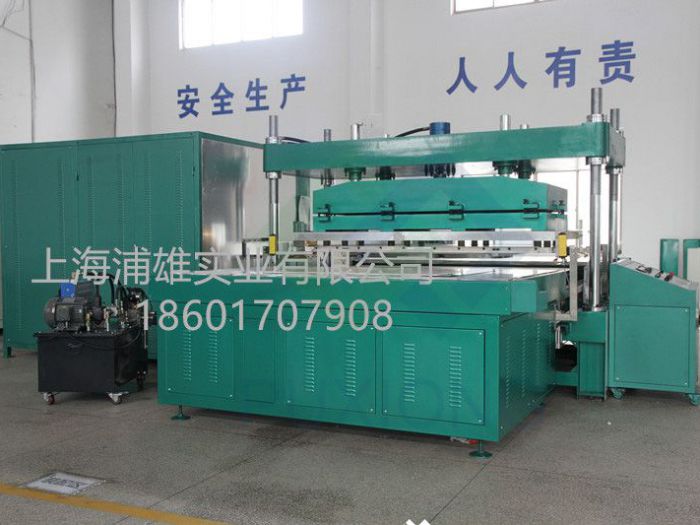Heat sealing welding of medical blood transfusion device drip bucket
The heat sealing welding of the drip bucket of a medical blood transfusion device is an important step in ensuring the quality and safety of the blood transfusion device. The following is a detailed analysis of the process:

1. Material preparation
• Material selection: Ensure that the materials of the hose and the drip bucket meet the standards of medical devices, such as medical-grade polymer materials (polyvinyl chloride PVC, polyolefin PO, etc.). These materials must have good biocompatibility, chemical resistance and aging resistance.
• Pretreatment: Before heat sealing, the connection ends of the hose and the drip bucket are precisely cut and thoroughly cleaned to remove impurities and burrs to ensure the flatness and cleanliness of the connection surface. After that, dry the hose and the drip bucket to remove residual moisture and solvents to avoid bubbles or affect the connection strength during the heat sealing process.
2. Heat sealing equipment
• Equipment type: Choose high-precision and high-stability heat sealing equipment, such as the PVC infusion drip bucket catheter high-frequency heat sealing hot melt welding machine. The equipment uses the high-frequency electromagnetic field to heat and melt the PVC material in an instant, and then uses the mold and pressure to achieve a firm welding of the catheter and the drip bucket.
• Equipment features:
◦ High-efficiency welding: Adopting the principle of high-frequency electromagnetic field heating, the welding speed is fast, and the welding can be completed within a few seconds, which greatly improves production efficiency.
◦ Precise control: The equipment is equipped with an advanced control system that can accurately control parameters such as welding temperature, time and pressure to ensure the stability and consistency of welding quality.
◦ Environmental protection and energy saving: Compared with traditional welding methods, high-frequency heat welding is more environmentally friendly, does not require the addition of any welding materials, and has lower energy consumption.
◦ Easy to operate and maintain: The equipment is simple to operate and easy to use. At the same time, the structural design is reasonable, which is convenient for daily maintenance and maintenance.
3. Heat welding process
• Heating temperature: According to the characteristics of the selected material and the performance of the equipment, the heating temperature is accurately controlled. The heating temperature should be set near the melting point of the material, and a certain temperature range should be left to cope with the performance differences between different batches of materials to avoid deformation or burning caused by overheating.
• Heating time: The length of the heating time directly affects the melting degree and connection strength of the material. The appropriate heating time should be determined according to the characteristics of the material and the performance of the equipment. Too short a heating time may cause insufficient melting of the material and affect the connection strength; while too long a heating time may cause overheating, deformation or burning of the material.
• Pressure control: During the pressing process, a certain amount of pressure needs to be evenly applied to ensure that the molten material is fully diffused on the joint interface and forms a strong connection. The pressure should be adjusted according to the characteristics of the material and the performance of the equipment to avoid poor connection caused by excessive or insufficient pressure.
4. Post-processing and inspection
• Heat-sealed inspection: After the heat-sealing is completed, check in detail whether each heat-sealed joint is flat and leaking to ensure that the blood will not be contaminated during the blood transfusion process.
• Performance test: Perform performance tests on the heat-sealed blood transfusion set, including flow test, pressure test, etc., to ensure that it meets the use requirements. The heat-sealing welding process of the drip bucket of the medical blood transfusion set requires strict control of the parameters and quality requirements of each link.
The quality and safety of the blood transfusion set can be ensured through scientific pretreatment, precise hot-melt connection, strict post-processing steps, and safety and hygiene control.


.jpg)
